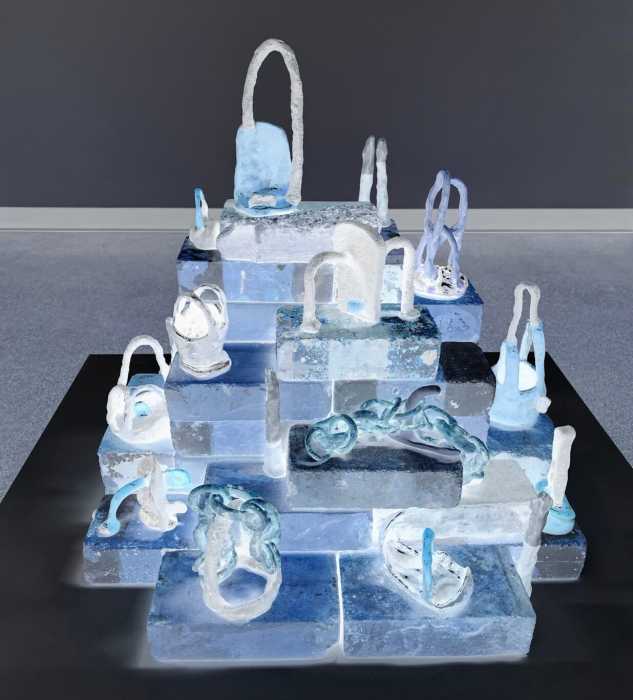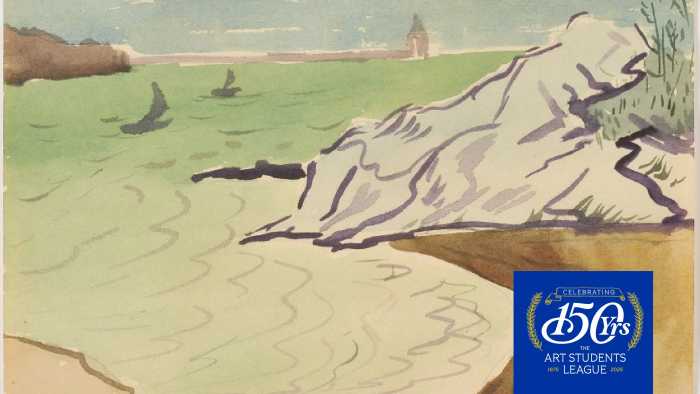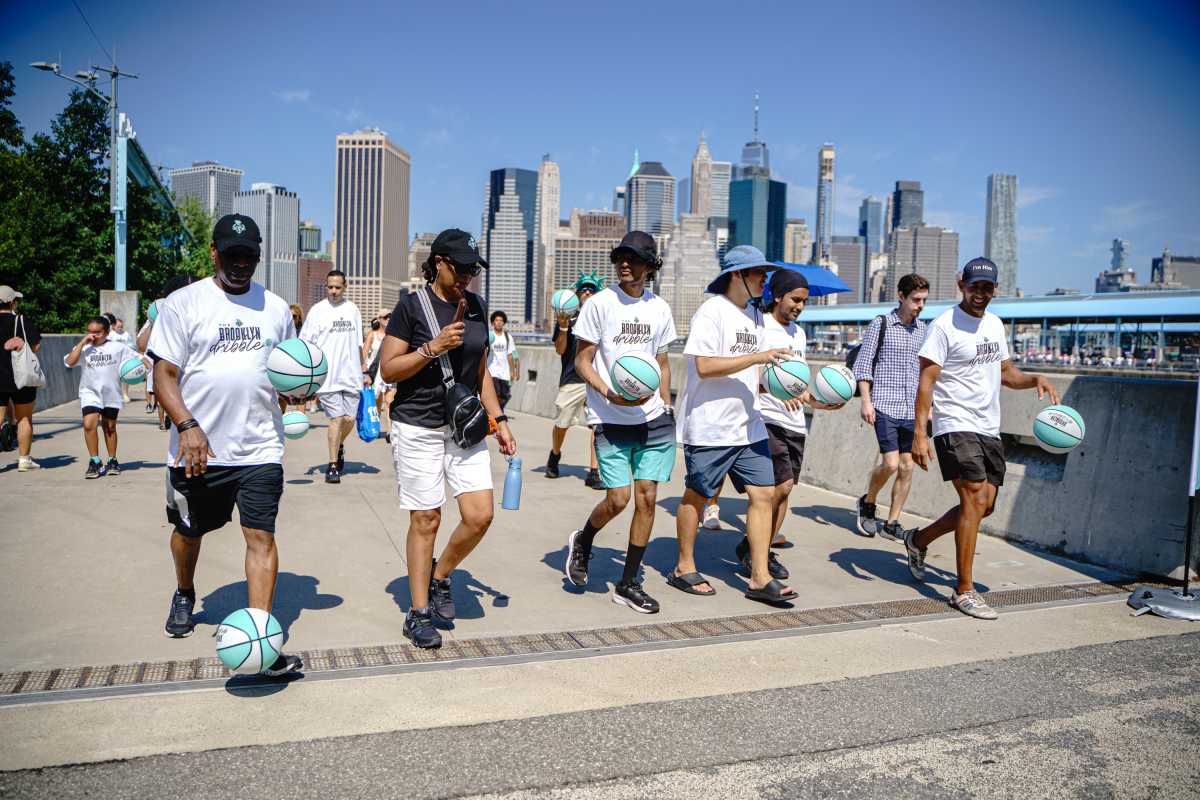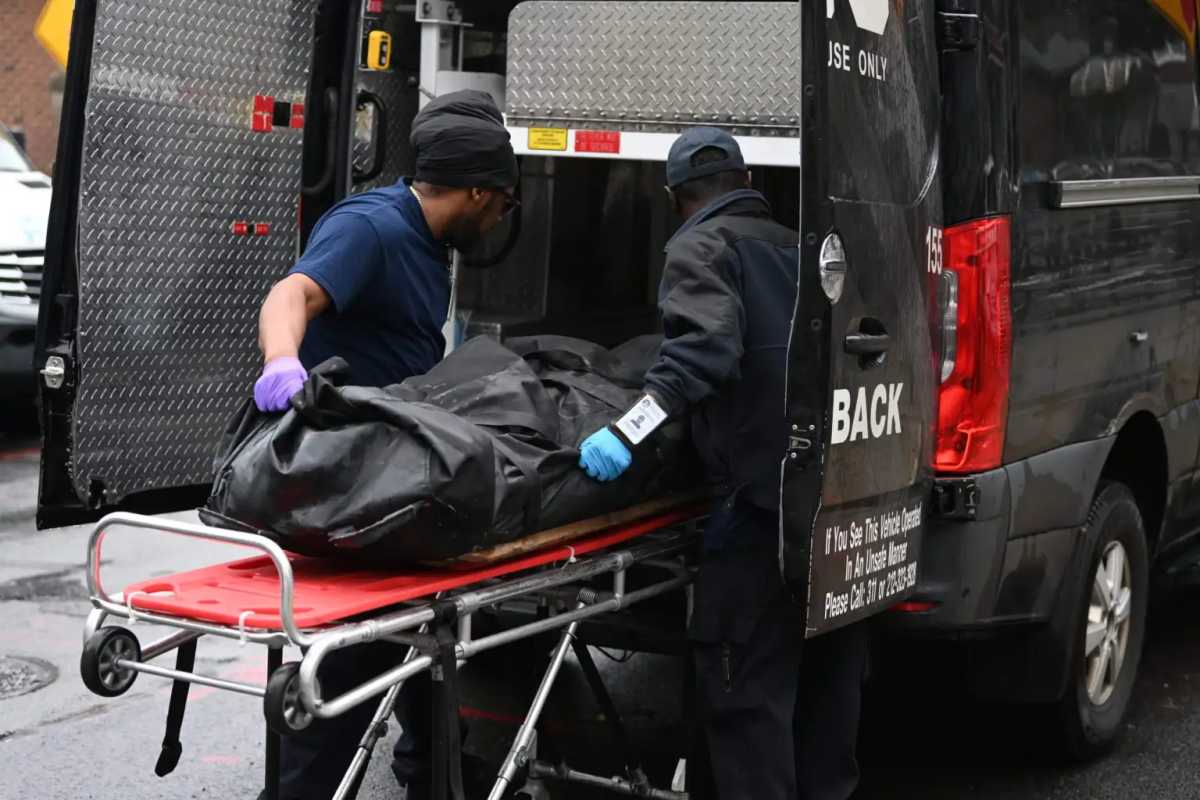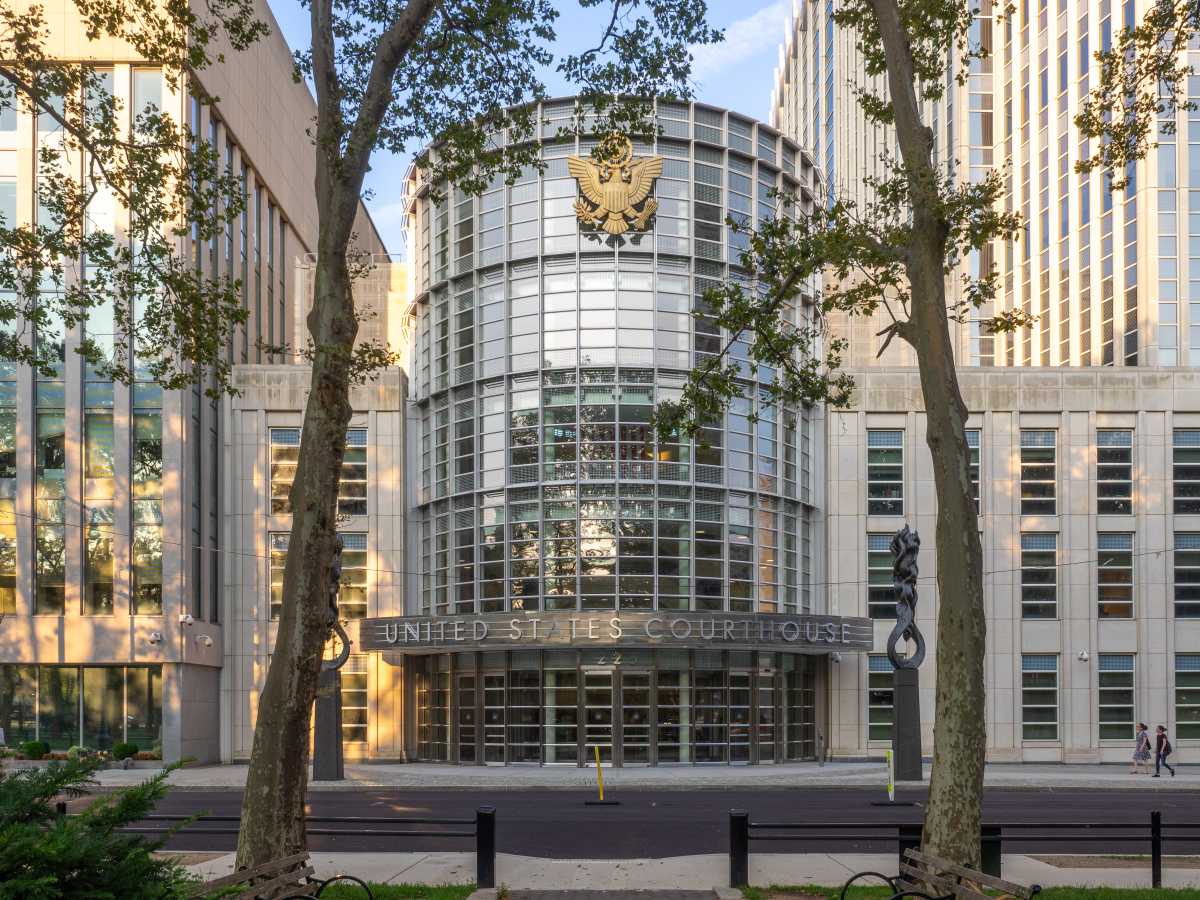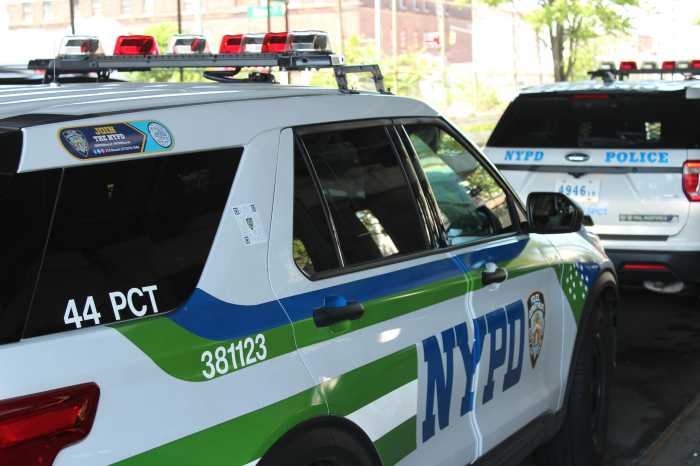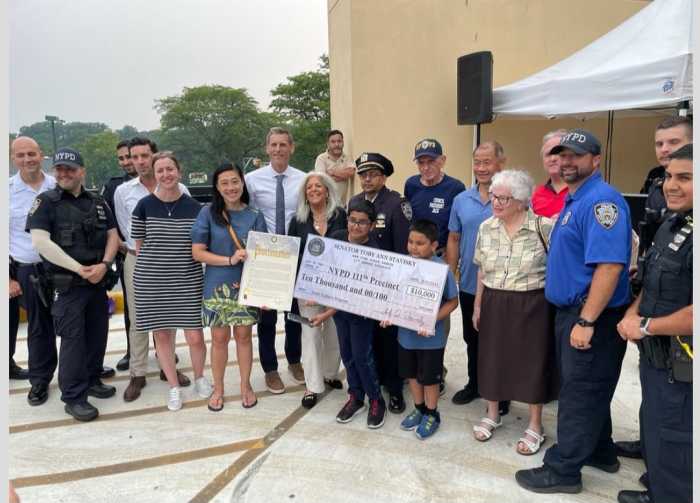By Alan J. Gerson
Planning that has taken place for Lower Manhattan, and for much of our city, during the past few years has neglected the most fundamental component of our future: our children.
It is wrong that, in Lower Manhattan, the city promotes expanded residential development without assuring the availability of classroom space to accommodate the influx of schoolchildren. Elementary and middle school pupils should not be turned away from neighborhood schools due to lack of classrooms, as has begun to happen Downtown. It is also wrong, especially with the continued growth of Battery Park City, that the Battery Park City Authority still refuses to extend the hours and days of access to its West St. ballfields when the authority has the power to do so easily by installing synthetic field turf.
To make matters worse, the Battery Park City Authority is entertaining construction plans which would curtail access to the overused ballfields. The city and the authority must both take two immediate steps to accommodate Lower Manhattan’s growing youth population, at the same time as government begins, without delay, to reform the land use process citywide.
The city Department of Education and the Battery Park City Authority, whose directors are selected by the governor, should quickly reach agreement on creating a new public school on B.P.C.’s Site 2B. There exists no better available site. Community Board 1 and Assembly Speaker Sheldon Silver have made this request and it should be heeded. The Department of Education’s capital budget provides funds for the creation of several new schools. Population growth requires that one of those additional schools be located on Downtown’s west side.
The Battery Park City Authority should immediately approve the installation of field turf on the ballfields to expand hours and access. Despite the heroic (and costly) efforts of the Battery Park City Parks Conservancy staff, the natural grass now on the fields cannot hold up to the intense usage that these fields already endure. That is why the ballfields are open only from late April to late November. The fields are closed on Mondays and activity is not permitted on weekdays until 3:30 p.m., denying access to nearby schools. Every year, numerous rainouts occur on the B.P.C. fields, even when most other fields in the city are operating.
The number of children in Battery Park City and the surrounding neighborhood grow every day. These children deserve greater access to the one outdoor place they have to play ball. The West St. ballfields should be open for more hours every day throughout the year. With synthetic turf, the ballfields could open before 3:30 p.m. and be used by nearby P.S./I.S. 89 for gym classes and teams during the school day. The Downtown Little and Soccer Leagues could have longer seasons or offer additional seasons for their kids who want more playing time. The Manhattan Youth Flag Football League and the Downtown Giants could use the fields in winter. And when there is no league play, a field turf surface would be open for children to use for free play.
The City Parks Department has installed safe and soft field turf elsewhere. As a result, young people are now playing ball on a new field the department and I created in Chinatown’s Columbus Park. Indeed, field turf would be far safer than the muddied, irregular conditions young players now encounter after even minor rain.
Battery Park City has been properly lauded for fulfilling its green mission. Natural grass, flowers and trees should be maintained and expanded on lawns and gardens throughout the rest of Battery Park City. But field turf for young ballplayers should also be a part of the authority’s green mission. Field turf is recycled material; one product is made of recycled sneakers. More importantly, a top green priority must be to provide for the health and well being our children — which requires sufficient outdoor play spaces. Only by assuring these facilities will the Battery Park City Authority fulfill its stated mission: “Meeting the needs of the present without compromising the ability of future generations to meet their own needs.”
I have proposed citywide land use reforms that would serve children and communities. The City Planning Commission would have to certify two things before it could approve a zoning change that allowed greater development: the projected availability of public schools in the vicinity is enough to accommodate the projected school-age population, and the amount of open green space or outdoor play space would not be reduced by the new development.
In order for development to succeed, it must be balanced with an adequate community facilities infrastructure that provides for livability for residents of all ages. Adequate quantities of quality schools and ballfields remain necessary to assure that the new buildings and neighborhoods we create will allow young New Yorkers to grow up in healthy, nurturing communities.
Alan J. Gerson represents Lower Manhattan as the City Councilmember for the First District.







